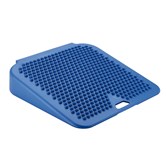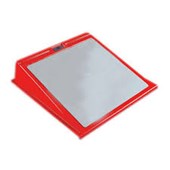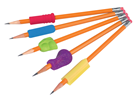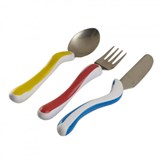In order to be able to learn it is important that children and young people are comfortable and well positioned. This section includes information on good sitting, alternative positions to work in, postural care, the importance of movement breaks and equipment to support comfortable learning (everything from small aids to specialist seating, lying and standing equipment).
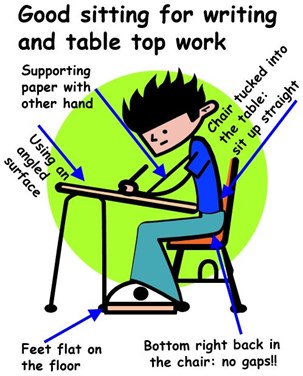 Good Sitting Position
Good Sitting Position If possible:
A change of position for a movement break is part of natural development - toddlers use all sorts of positions to do things. In order to stay awake / alert a change of position is a preference. Children with additional needs will also require a change of position for postural reasons.

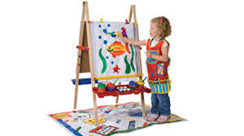
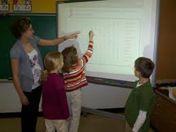

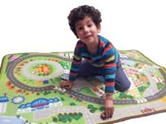
Movement breaks can be helpful for the child who has difficulty concentrating. Try to incorporate these in a regular, structured way e.g. once the child has completed part of a task set by the teacher like the 3 sums or sentences discussed previously, the teacher could suggest a movement break while she sets out the next part of the child’s work. This can be repeated as often as required by the child.
Another way to give the child movement breaks are to send them on a message or give them a job within the class, such as handing out books.
Allowing the child to have something appropriate to fidget with e.g. a rubber or a pencil with a ‘toy’ on the end is often extremely beneficial to help them to focus and listen. The use of an air filled wedge shaped cushion, which allows the child some movement in their seat or on the floor can also be beneficial.
The whole class could be offered movement breaks between tasks and some of the following activities could be used. These activities are designed to provide enhanced sensory input for the children, which should be easy to carry out within a school setting:

Activity ideas that can be used for a primary class. Nursery classes may use this at group song time. It is important to involve the whole class and make this a regular thing, 2-3 minutes of movement can increase concentration for 15-20 minutes.
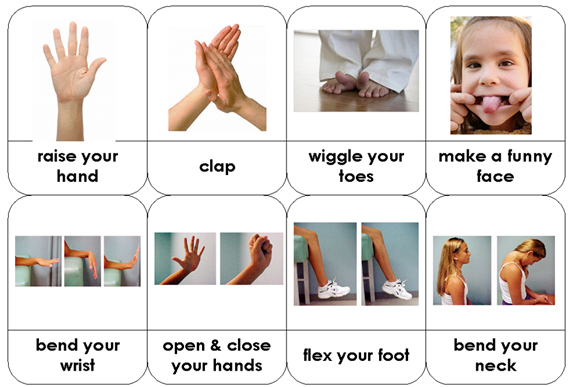
In this section you can find information on equipment provided by NHS staff on a regular basis. If your child has a more specialised piece of equipment your therapist will ensure you are provided with this information. There are links to manufacturers handbooks and videos showing how to care for your equipment. We recycle all of our equipment therefore it is important that these videos are followed.
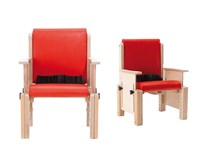
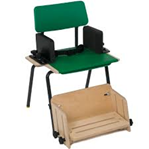
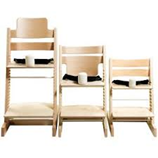
In this section you can find information on small aid equipment recommended by NHS staff on a regular basis.
